
[ad_1]
Over the 21 levels of the Tour de France, riders of the Professional Peloton might journey quite a lot of totally different fashions from their body sponsor. They may swap between the model’s devoted aero highway bike, time-trial bike, and light-weight climbing bike, making a call primarily based on what that stage will carry on the day; elevation profile, wind circumstances, mileage, terrain, and so forth., all have to be fastidiously thought-about to make sure the rider is optimally geared up. The group seems to manage any issue that’s controllable.
We not too long ago acquired a thought-provoking query from a reader on this very subject, a query that was the inspiration for this characteristic. Not being aerodynamics specialists or engineers ourselves, we now have recruited experience from among the high highway body producers whose bikes could be seen all through any Professional Peloton. Specialised, Trek, Cervélo, and Cannondale all carry some attention-grabbing and insightful dialogue on the subject, starting from the succinct and simply digestible to the outcomes of some quite revealing digital simulations.
The Reader’s Query
“The gradient at which it’s stated that weight begins to trump aero is usually round 8% for professional riders. Clearly, the slower one can journey and climb should have an effect on this transition level in gradient. How does this gradient transition scale back because the obtainable energy output reduces for these of us who should not execs?”
The reply to that query is, it relies upon, as we are going to quickly discover out from our group of specialists. The discussions supply some perception into bike alternative within the Professional Peloton but in addition ship some golden nuggets of recommendation as to what sort of bike we novice cyclists would go finest on.
Our contributors are:
- Marcel Keyser, an engineer with the Specialised Human Efficiency Workforce
- The Cervélo Engineering Division
- Trek Senior Aerodynamicist, John Davis
- Dr. Nathan Barry, Cannondale engineer and aerodynamicist
Dr. Nathan Barry, Cannondale Engineer, and Aerodynamicist
The straightforward reply is that the much less energy to weight a rider has, the slower they climb, and the decrease the gradient of the tipping level between aerodynamic and weight financial savings. However that solely scratches the floor of this phenomenon. To totally deal with this query, it’s vital to return to the elemental science that underpins this idea to ensure there aren’t any misconceptions. The assertion of 1 particular gradient the place weight trumps aerodynamics is an oversimplification from some arbitrary particular set of parameters.
The underlying mechanics of biking, described by the biking energy equation, present that aerodynamics is a operate of velocity, with no dependence on gradient or mass. Conversely, climbing energy is a robust operate of mass, gradient, and velocity. Taking the intense edge instances; on a flat highway (0% gradient) a rider expends 0 W of climbing energy. At a continuing pace, mass has a minimal influence on the ability required, thus most of a rider’s energy is spent overcoming aerodynamic drag. Because the highway will get steeper, the rider should expend climbing energy, leaving much less energy to beat drag, subsequently their pace drops. So at some very steep gradients, a rider could have very low velocity such that aerodynamic resistance turns into minimal and nearly all of the rider’s energy is spent overcoming the gradient.
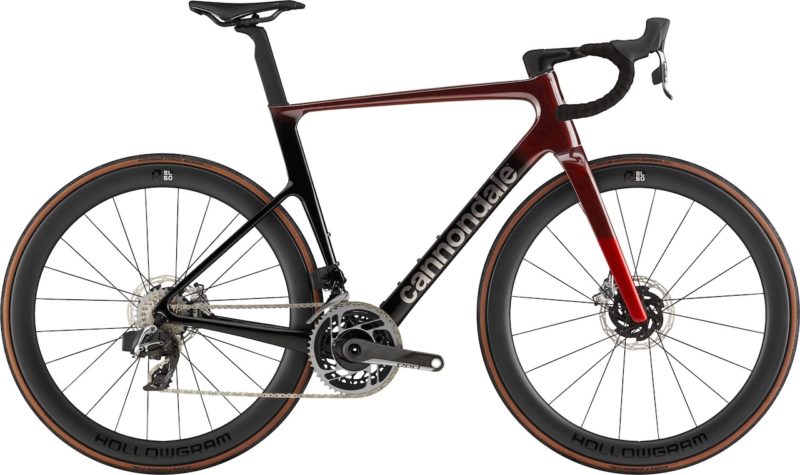
It stands to purpose then, there can be some cross-over level alongside this gradient spectrum at which the rider expends an equal quantity of energy overcoming each drag and climbing energy. Nevertheless, this nonetheless isn’t the complete image. The query of curiosity isn’t in regards to the magnitude of energy, however quite variations in efficiency. What we’re actually all for is how adjustments in drag or mass have an effect on efficiency. A easy instance is perhaps a alternative of wheels. A shallow wheelset is perhaps lighter however sacrifices aerodynamic effectivity in comparison with a well-engineered deeper rim. Clearly, on a flat highway the deeper, low-drag wheelset is preferable. The query turns into, how steep does the highway have to be earlier than the light-weight wheels are sooner than the heavier however lower-drag wheels? Usually that is known as the tipping level.
What turns into clear from this instance is that the gradient at which the tipping level happens will rely on the relative distinction in drag and mass. A giant drag financial savings with a small weight penalty could have a a lot increased tipping level than a change that has a small drag financial savings however massive weight financial savings. The tipping level can be a operate of velocity. Even when climbing, a rider is pushing by the air so there’s at all times a part of aerodynamic drag. Whereas it’s lowered at decrease speeds whereas climbing, it by no means drops to zero, as long as you’re shifting. As famous within the query assertion, that is the rationale why the tipping level is increased for professionals. As a result of their increased energy (and energy to weight), they climb sooner, and at a given gradient, they’re touring sooner than an novice and so have increased aerodynamic resistance to beat. Aerodynamic financial savings have a bigger affect on efficiency.
A second idea to layer on high of that is that these variations in rider efficiency are associated to the system as an entire, not simply the part, or the bike. Contemplate a wheelset improve that saves 100 g of weight — ignoring any aerodynamic variations for now. For a high-performance wheelset within the vary of 1,600 g, a 100g discount is an enormous saving (6.3%). For an entire bike of ~7.5 kg that may be a 1.3% weight discount. Nevertheless, biking efficiency is set by the full system mass — together with the rider.
Sometimes, the bike is just about 10% of the full system weight. For a 75kg rider on this bike, the 100g weight financial savings is just a 0.1% discount in system mass. As such, the climbing efficiency enchancment from such a change can be proportionally small. The identical is true of variations in aerodynamic drag. Adjustments in drag have to be thought-about as a operate of the entire system. Nevertheless, a ten% discount in system mass is unimaginable when contemplating solely the bike, this isn’t out of the realm of risk when you think about a motorcycle with no aerodynamic optimisation versus one devoted to reducing drag.
How does rider energy have an effect on the gradient transition? There isn’t any one reply to this; it comes right down to these three key variables: change in drag, change in mass, and rider energy to weight. For a given configuration (a given distinction in drag and mass) you possibly can mannequin a curve for tipping level versus rider energy to weight. This can present how your efficiency with a given setup compares to that of a professional who may need considerably increased energy to weight. However that may solely apply to that particular tools configuration. As quickly as you modify the relative variations in drag and mass, the mannequin will not be related. It’s laborious to simplify this since variations can differ broadly. Between wheelsets, frames, cockpits, helmets, and clothes, there could be huge variations in each drag and mass.
To try to present some perception to those that don’t need to construct all this right into a spreadsheet, we are able to body a few of these rules in a much less complicated approach utilizing a quite simple case examine. Contemplate what occurs if you add 1 kg of useless mass to your bike, i.e. with no profit from lowered drag. Within the context of high-performance highway bikes, it is a huge change in bike weight. Actually, one thing {that a} rider will really feel after they maintain or decide up the bike. Most highway riders would contemplate this to have a dramatic influence on efficiency. If we take a case examine for an novice rider: a 75kg rider, 7.5kg bike, 7% gradient climb, 15km/h highway pace. Climbing at this pace and slope would require ~275 W. An quantity sustainable for a match novice rider of this dimension (3.7 W/kg). The addition of the 1kg useless weight would add solely 3W resistance beneath these circumstances. This isn’t nothing, however it’s just a bit over a 1% enhance in resistance. For a rider who isn’t competing at a excessive degree, this distinction is just not going to make or break their journey. In actual fact, this equates to lower than 0.5-second time loss over a 5km climb. If we scale back that efficiency to 2.5 W/kg the ability distinction is 2 W and the time distinction is 0.5 seconds to the identical important figures. Mainly, much less energy obtainable reduces highway speeds, which reduces the magnitude of energy differential however will increase the time saved — because the rider’s complete time over the phase is proportionally longer.
Weight is just not as important as most riders most likely imagine. Even with no aerodynamic enchancment, a 1 kg distinction has a comparatively small influence on highway pace. Conversely, in case you begin with a setup that has comparatively excessive drag, a 1kg mass distinction could possibly be spent on an enormous quantity of aerodynamic optimisation. For a similar rider and energy output you would see no less than 20W energy financial savings on a flat highway when evaluating a basic spherical tube body with low-profile wheels to a contemporary race bike. So maybe a less complicated query to deal with this phenomenon is how a lot ought to a rider care about weight or aerodynamics? Whereas it’s a lot simpler to really feel and measure the load of a motorcycle, for nearly all riders and situations, aerodynamic optimisation could have a a lot better influence in your on-road pace than lowering the load of the bike.
If we revisit the wheel comparability from earlier, we are able to contemplate one particular tools alternative and study the calculation of the tipping level for our 75kg rider at 275 W. Take two wheelsets: the primary is light-weight at 1,300 g however has a shallow rim and excessive drag. The second makes use of a deep aerodynamic rim with a weight of 1,500 g and a drag discount of 0.010 m2. This represents a practical determine primarily based on wind tunnel take a look at outcomes for a pair of wheels on a whole bike.
The ability distribution as a operate of gradient for this rider is plotted under. This mannequin successfully has the rider sustaining a continuing energy output and redistributes that energy primarily based on the necessities at every gradient. From expertise, we all know that the rise in gradient is coupled with a lower in pace. At 0% the rider is shifting in a short time (~38 km/h), in comparison with very slowly (~11 km/h) at 10%. This plot highlights how the rider’s energy distribution adjustments because the highway turns into steeper. With growing gradient, there’s extra energy required to beat the elevation acquire, leaving much less energy obtainable to keep up the pace seen on the flat. As pace drops, so does the aerodynamic energy requirement.

For the 2 wheels, we are able to calculate these energy distributions for every configuration. Evaluating the 2 units we are able to derive the tipping level to happen at a gradient of 6%. Keep in mind that that is the inflection level. At any gradient as much as 6%, the heavier, lower-drag wheelset is quicker. Solely as soon as the gradient exceeds 6% is there any benefit for the lighter wheelset. Observe, within the above graph, that at a gradient of 6% considerably extra of the rider’s energy is distributed to climbing in comparison with air resistance, and but the efficiency of the 2 configurations is equal at this gradient. This comes right down to the relative influence of these variations on the efficiency steadiness. As described earlier, altering rider energy, drag financial savings, or weight financial savings will change the worth of the tipping level.

The determine above reveals the ability distinction primarily based on a hard and fast velocity (as calculated for the primary configuration with the heavier, decrease drag setup). On this case, optimistic values point out the extra energy required by the lighter wheelset, unfavourable values point out the place the lighter wheelset is saving energy over the heavier wheelset. The horizontal intercept at 6% signifies the tipping level. Observe that the magnitude of energy distinction between the 2 configurations is just not equal. While the lighter wheelset is quicker above 6% the ability saved is an order of magnitude smaller than the financial savings seen with the low drag wheelset on low gradients.
Cervélo Engineering Division
Aerodynamic influence grows non-linearly as pace will increase. Professional riders produce extra watts and weigh much less, which leads to a sooner common pace — which additionally means absolutely the aerodynamic influence is larger.
Comparatively talking, on flat floor, an novice rider will profit extra from an aerodynamic body than the professional rider as a result of they produce much less energy and sometimes weigh extra, and the aerodynamic discount in drag is a better share of their complete energy output.
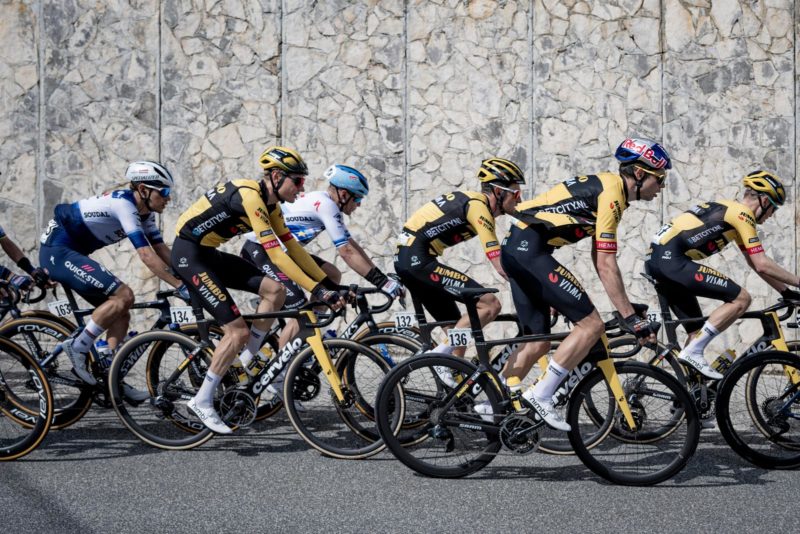
As soon as the highway goes uphill, although, weight turns into the figuring out issue, and speeds drop. A professional rider will nonetheless produce extra energy and weigh lower than an novice rider, so they are going to preserve the next pace, which maintains aerodynamic efficiency. An novice rider will weigh extra and produce much less energy, so their pace will drop extra shortly than a professional, additionally lowering the aerodynamic influence of the bike.
Assuming bike weights are the identical, together with the assumptions said above concerning energy output and rider weight, the load versus aero tipping level for the typical rider is probably going round a 4-5% gradient versus roughly 8% for the professional rider.
John Davis, Trek Senior Aerodynamicist
The reader’s 8% tipping level was correct a number of years in the past for the trade-off between typical aero and light-weight bikes at professional speeds. Nevertheless, with most race bikes receiving aero remedy these days, that tipping level has been lowered.
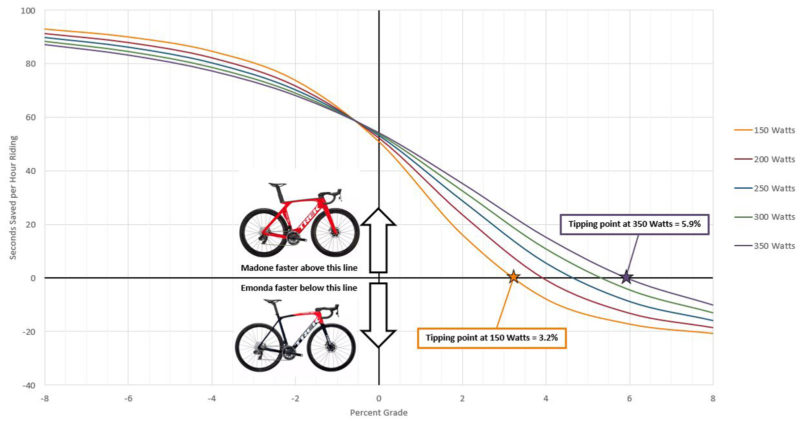
(Assumptions: no wind, 73kg rider, equal rolling resistance for each bikes, baseline CdA of 0.3, arms at similar hood width for each bikes.)
Remember that on a loop course, you could descend what you climb. Factoring in descending, the Emonda versus Madone tipping level for an out-and-back climb and descent adjustments from ~3% to ~6% for the 150W rider (this simplistic calculation neglects braking losses).
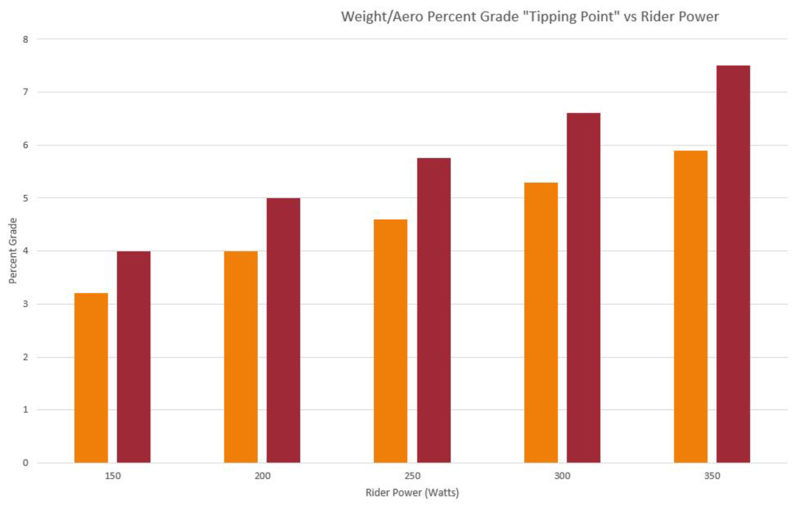
Now, virtually all race bikes obtain some aerodynamic remedy, which has lowered the tipping level from the ~8% degree the reader requested about. This instance compares our 2018 Emonda versus our 2021 Emonda, however the identical development is usually seen throughout the trade.
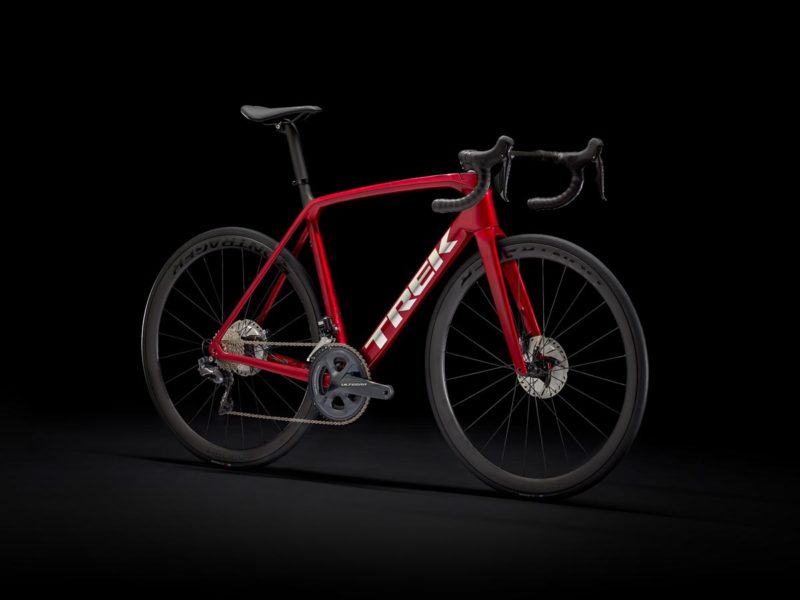
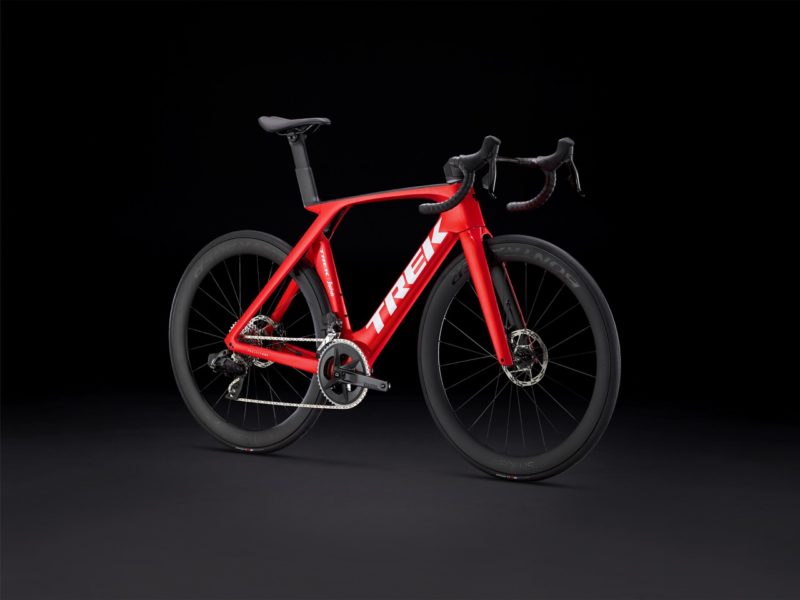
Different elements that come into play:
- I assumed no wind; headwinds and most crosswinds will push the tipping level in favor of the aero bike whereas tailwinds will push the tipping level in favor of the climbing bike
- Rising rider weight will push the tipping level in favor of the climbing bike and lowering weight will push the tipping level in favor of the aero bike (roughly by 0.2% grade for each 10 kg on this instance)
Marcel Keyser, Engineer With the Specialised Human Efficiency Workforce
For the simulation, we created three “digital” bikes — weight, CdA (coefficient of aerodynamic drag), and a constant rolling resistance — and ran them in quite a lot of situations. We used our Tarmac SL7, the Aethos, after which a “pure” aero bike primarily based on what we all know from many devoted aero highway platforms from a wide range of producers.
The rider has 70 kg + 1 kg of drugs. Rolling resistance is much like a pleasant Turbo tire.

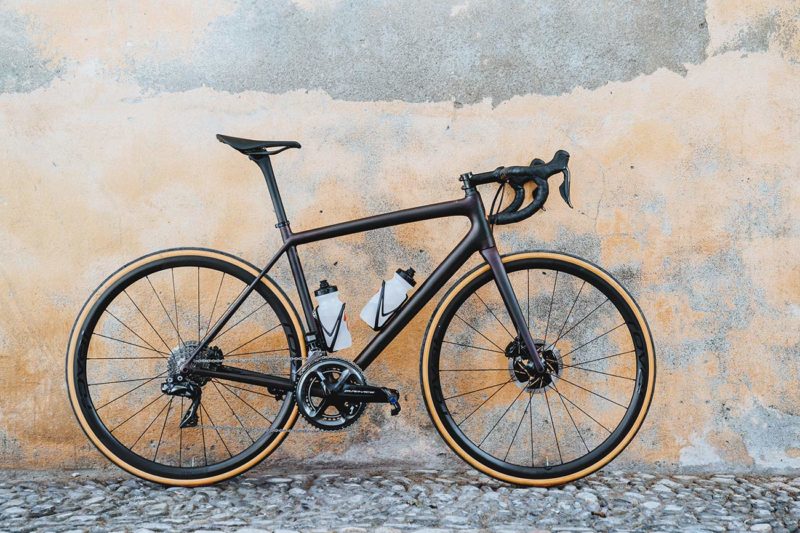
| Digital Bike | CdA | CdA Delta | Bike Weight |
| Tarmac | 0.2950 m² | 0 m² | 7.05 kg |
| “Pure” Aero | 0.2935 m² | – 0.0015 m² | 7.6 kg |
| Aethos (Light-weight) | 0.3120 m² | + 0.0170 m² | 6.45 kg |
Conclusions
A. Basic
- The stronger a rider is, the steeper the highway must be to hit the break-even between aero and weight.
- Stronger riders work extra towards aero attributable to increased common speeds.
B. Tarmac SL7 vs. Aethos (Light-weight)
- Climbs have to be steeper than roughly 5% to see the benefit of the decrease weight.
- It’s attention-grabbing to see how totally different rider speeds play an enormous function in when the Aethos versus the Tarmac alternative delivers a bonus.
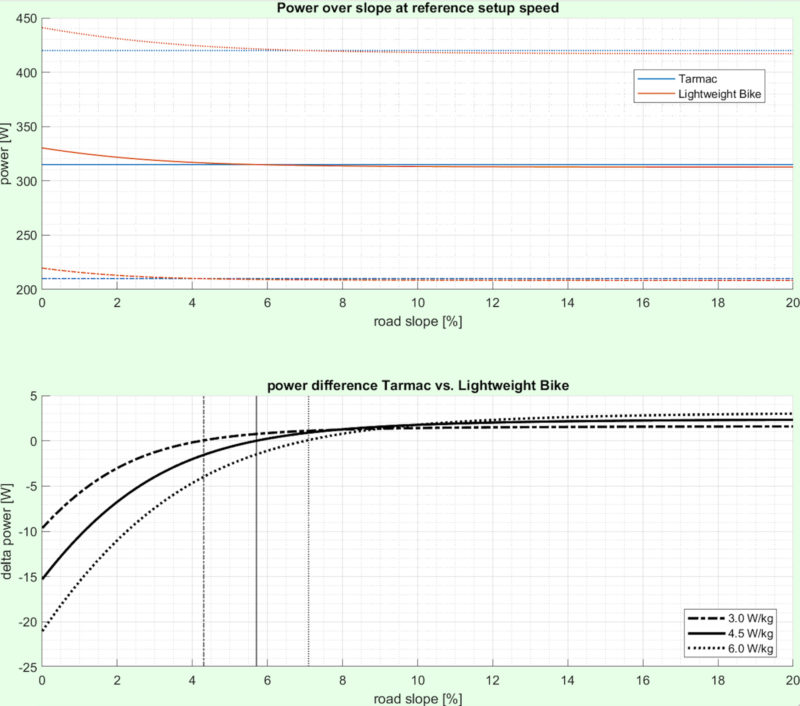
Based mostly on 3 W/kg, 4.5 W/kg, and 6 W/kg, representing novice, robust novice, and professional riders, respectively — we all know it begins to matter past 5% grade for all riders, however the big-time gaps don’t happen till steeper slopes, so we calculated the time delta (change) over an hour of using a ten% slope on a Tarmac versus an Aethos for every of those riders. Basically, how a lot sooner the Aethos covers the space {that a} Tarmac SL7 does in an hour. You’ll see that, and watts saved, within the under abstract graphs.
- At 3 W/kg, the Aethos is 25 seconds forward after an hour over the Tarmac SL7 on a ten% slope.
- At 4.5 W/kg, the Aethos is nineteen seconds forward after an hour over the Tarmac SL7 on a ten% slope.
- At 6 W/kg the Aethos is 14 seconds forward after an hour over the Tarmac SL7 on a ten% slope.
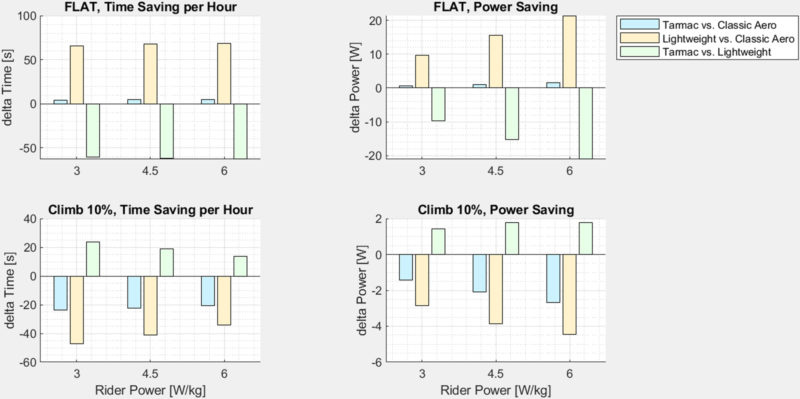
It’s vital to notice that with right this moment’s races, the aero benefit over a whole day and the rarity of any race with sustained 10% slopes, mixed with the necessity to add ballast to make an Aethos UCI authorized, make the Tarmac SL7 the simple race alternative for our riders.
We did the Tarmac SL7 versus a “Traditional” aero highway bike for enjoyable too. The outcomes had been fairly unimaginable. The Tarmac SL7 provides up virtually nothing on the flats and positive aspects 4X that point again on a climb.
C. Tarmac vs. “Traditional” Aero Bike
- There’s virtually no drawback on FLAT highway.
- The delta energy plot reveals approx. 1 W drawback on flat and a couple of W benefit on climbs for the Tarmac. This feels like 50%/100%.
- BUT! Have a look at the TIME financial savings per hour bar graphs within the abstract plots above:
- The Tarmac loses 5 seconds in 1 hour on the FLAT and wins 20-25 seconds in 1 hour on a CLIMB versus the “Traditional” Aero Bike.
- This delta is large, validating the unimaginable mixture of light-weight and aero that the Tarmac delivers.
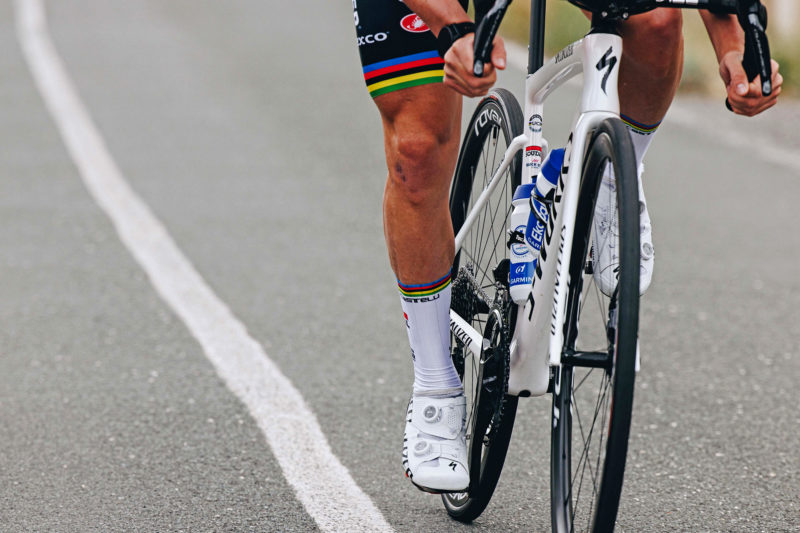
Thanks once more to Specialised Bicycles, Trek Bikes, Cervélo, and Cannondale for contributing to this characteristic.
[ad_2]